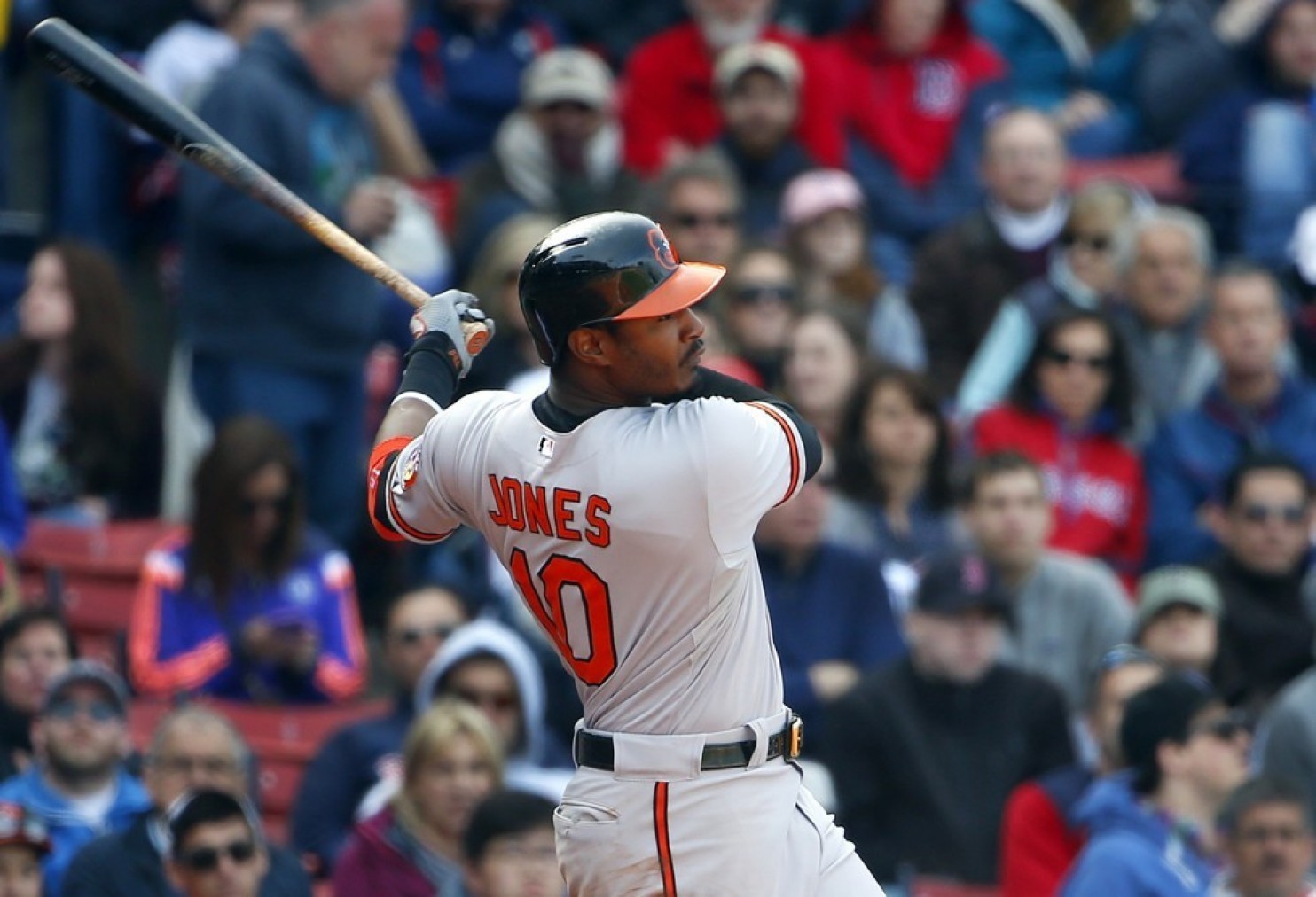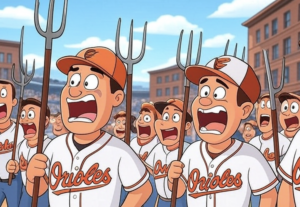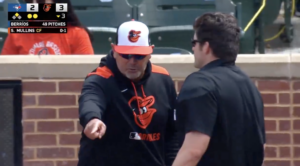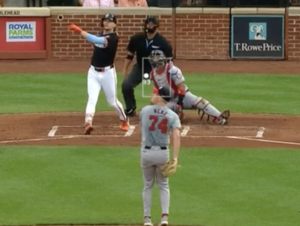Is it time to re-visit the way that batting orders are constructed?
Typically, your best hitter hits 4th as the “clean up” hitter. Since I was a little boy, I have never understood why. I mean, the 4th hitter in the line-up is only your 4th hitter in the first inning. If you go down in order in the 1st, he is your lead-off hitter in the 2nd. Later on in the game, he could be hitting at any spot of the inning.
Because of that, I have never fully agreed with the philosophy from having your best hitter hit 4th. I always thought that a balanced line-up would be better. I thought putting your best hitter batting 3rd with your next best hitter batting 6th or 7th might work better. It would space out your best hitters, and give you more of a chance to drive in runs.
Last week, I found this great article from Jesse Spector of the Sporting News. He said:
“The Mets are one of many teams that have come around to sabermetric principles of lineup construction, with the best hitter in the order getting the No. 2 spot. Wright in New York, Joey Votto in Cincinnati, Yasiel Puig and Mike Trout in Los Angeles and George Springer in Houston are players who, in past eras, and even in recent years, would not have hit second in a team’s lineup, but are doing so on a regular basis. Carlos Gonzalez of the Rockies also fits that description, with star shortstop Troy Tulowitzki getting the start in the No. 2 spot in the one game Gonzalez did not.
Chicago has split time in the No. 2 spot between two of its most dynamic hitters, first baseman Anthony Rizzo and right fielder Jorge Soler.
Over the course of the season, each spot in the order comes to the plate about 15-20 fewer times than the spot in front of it. This is the rationale for putting the best hitter on a team in the No. 2 spot — to maximize his plate appearances while still providing opportunities to hit with runners on base, to be provided by a leadoff batter who ideally is a high on-base percentage man.”
Now this makes total sense to me. If the player batting 2nd gets 30-40 more at bats over the course of a season than the guy batting 4th, wouldn’t you want your best hitter to get those at bats? I know I’d rather see Adam Jones bat 30-40 more time than anyone else in the Orioles lineup.
So why not start front-loading the line-up and spreading out the wealth? I understand that stacking your best two hitters together keeps the other team from pitching around your best hitter. If an opposing team decides to pitch around the 1st hitter, they could pay for it with the next one, but wouldn’t spreading the biggest threats in the lineup throughout the order provide a pitcher with less room for error?
Here’s an example of what the lineup could look like:
- De Aza
- Jones
- Snider
- Machado
- Davis
- Joseph
- Schoop/Flaherty
- Young/Pearce
- Hardy/Cabrera
Spreading the big bats of Jones, Davis, and Young out like this could provide guys like Caleb Joseph and Ryan Flaherty the opportunity to see more pitches over the plate. Those guys may not strike fear in a pitcher, but they are hitting pretty well this season. If they saw more hittable pitches, they could perform even better.
Last year, Nelson Cruz hit 2nd in the order for the Orioles a few times. I say the Orioles should give it a try again this year. Move Adam Jones up in the order and get him more at-bats.
[cardoza_wp_poll id=”98″]










One Response
AJ isn’t a “great” hitter he is currently on a great streak but he is a very good power hitter. 280 with 30 homers works great with men on base but the OBP isn’t there. Adam’s low OBP with extra base power is an obvious 3 or 4 hitter. When he is hitting 400 sure put him in the 2 hole but thats not who he is.